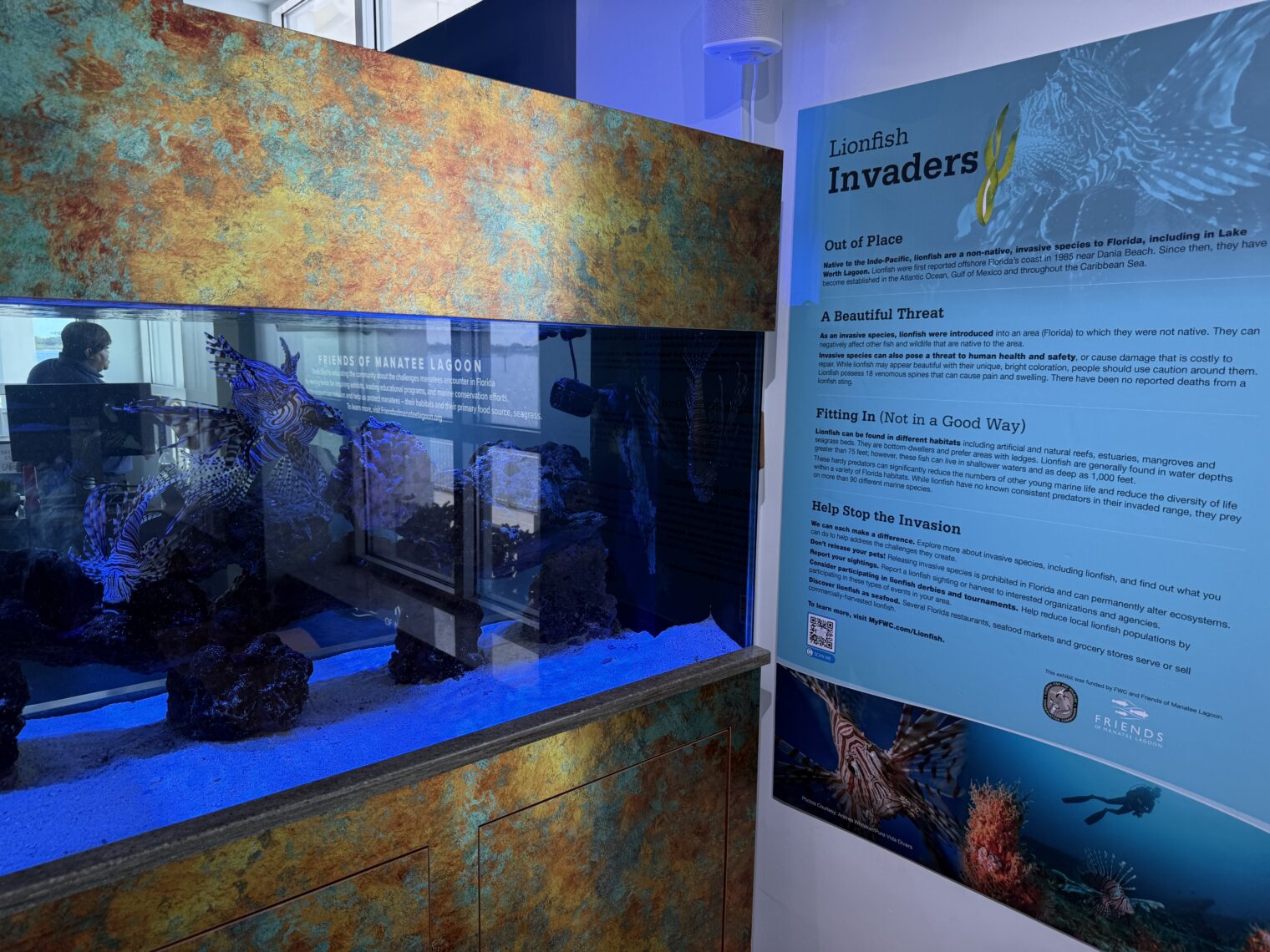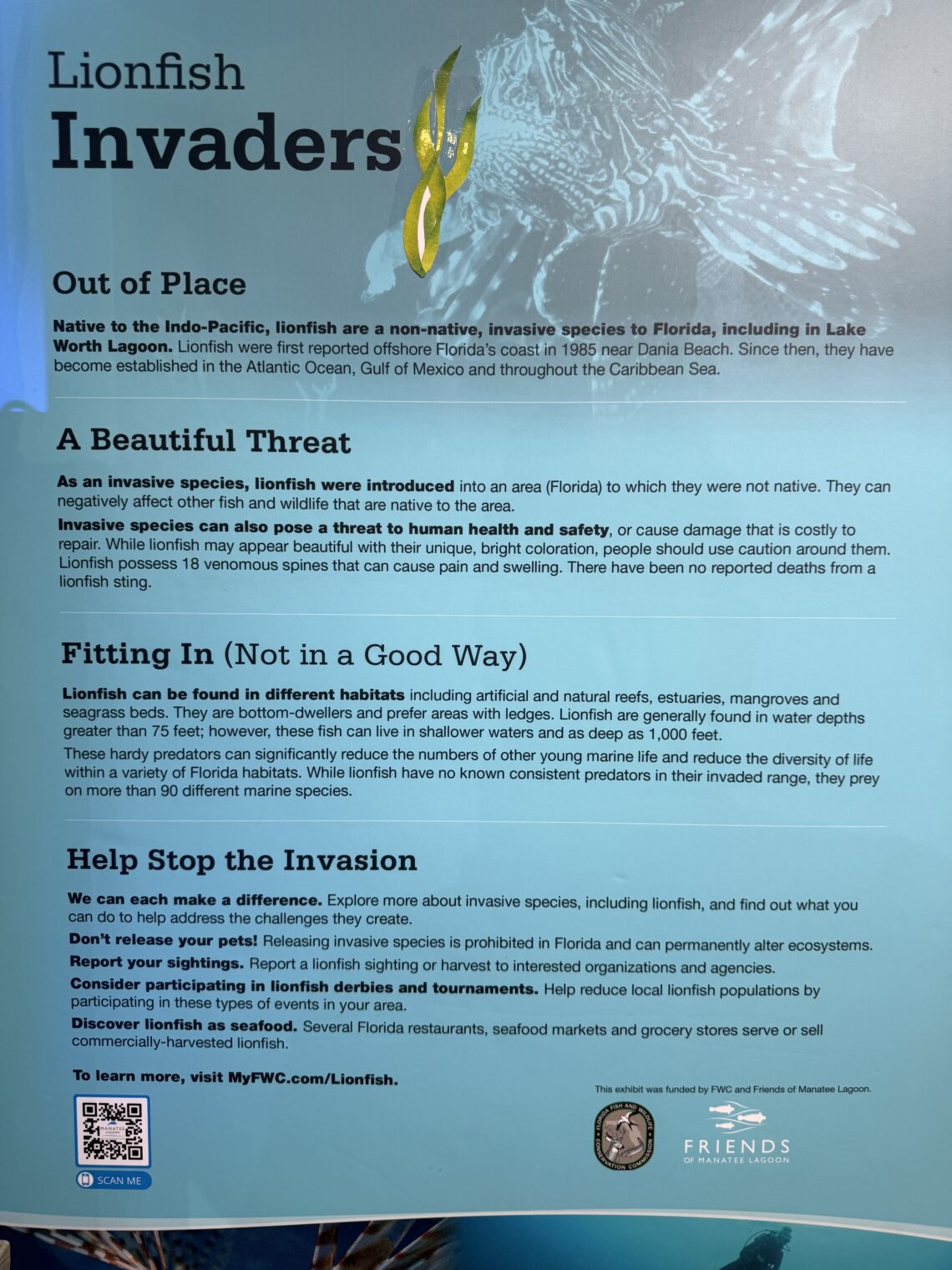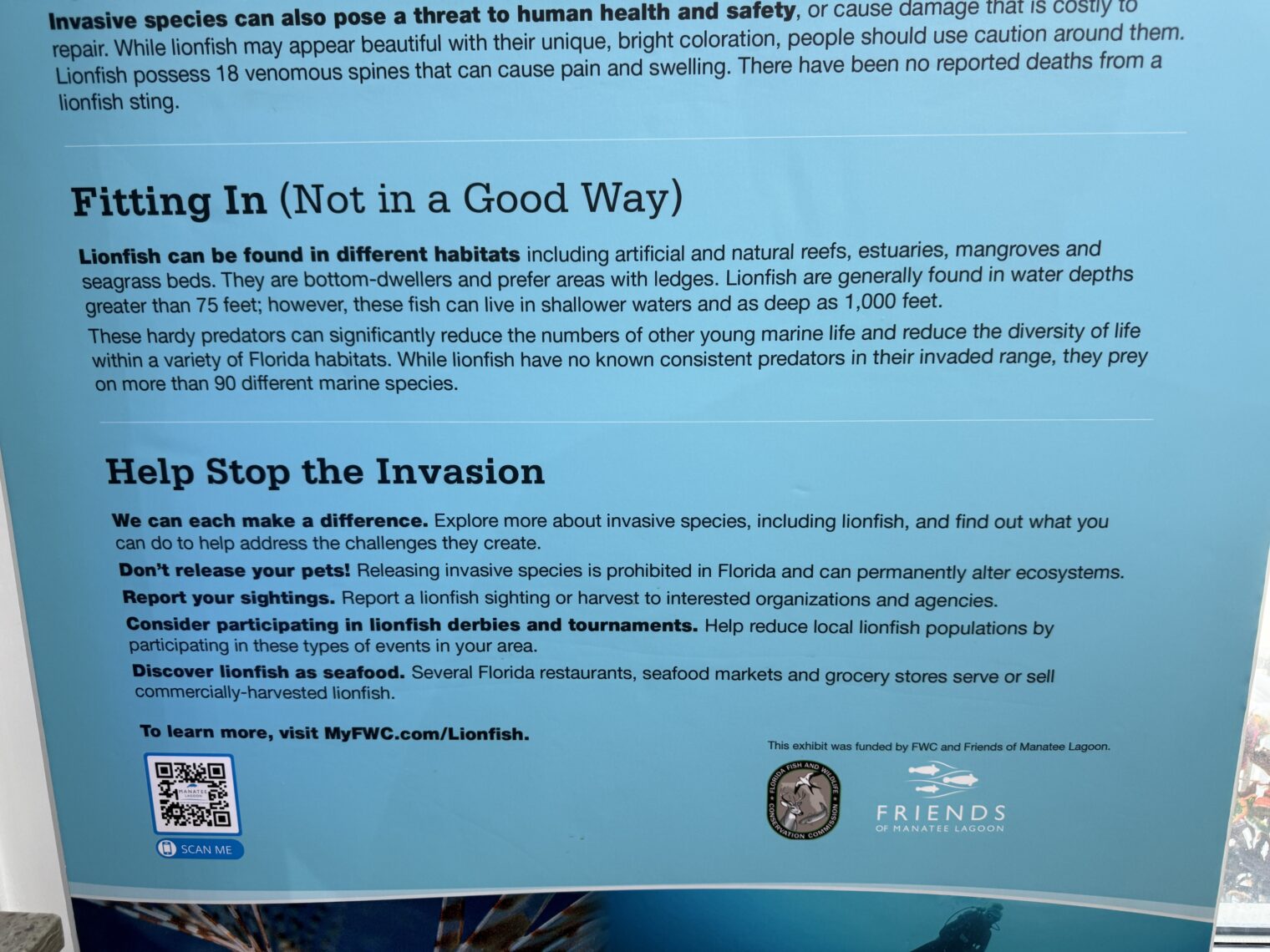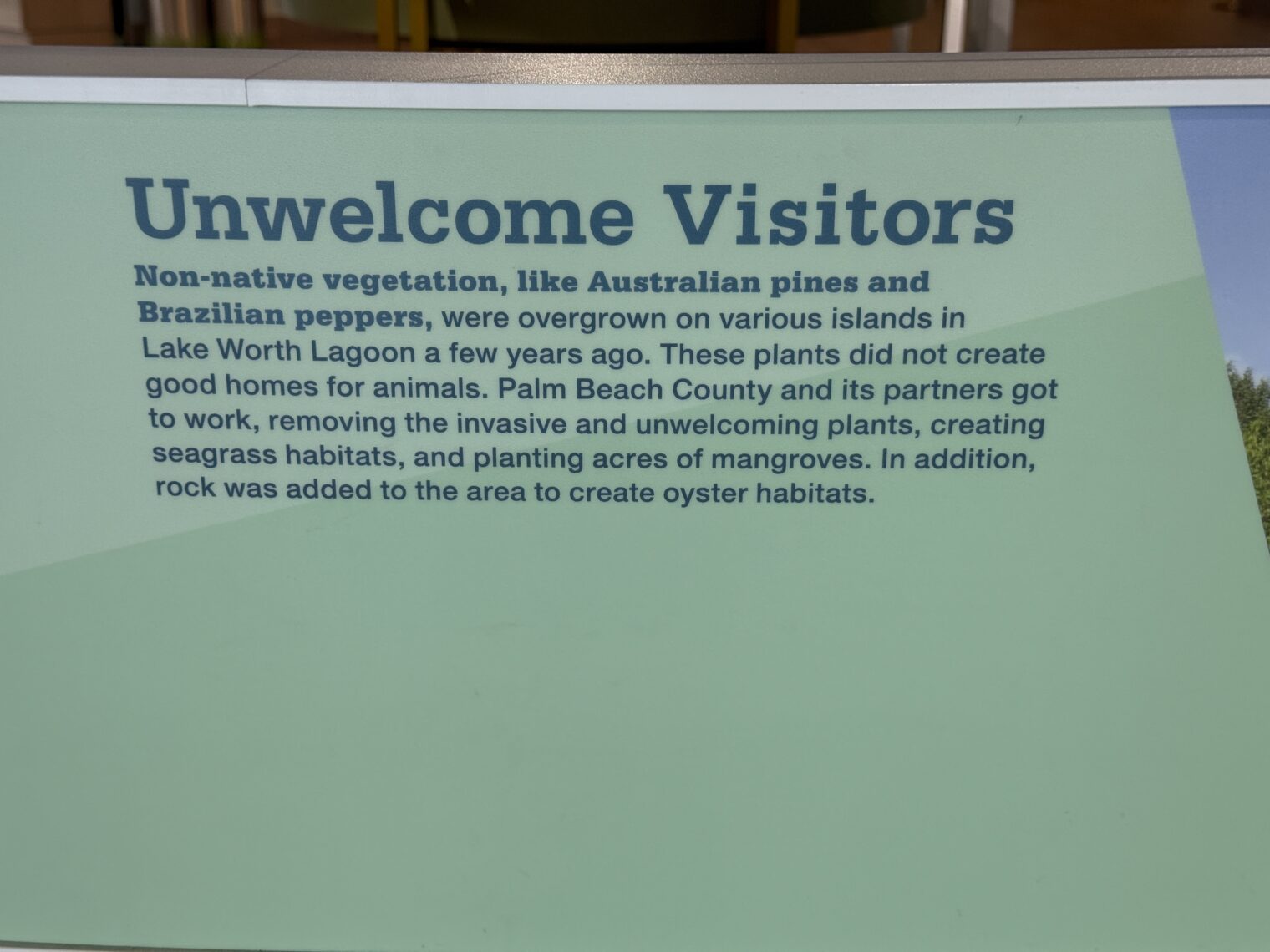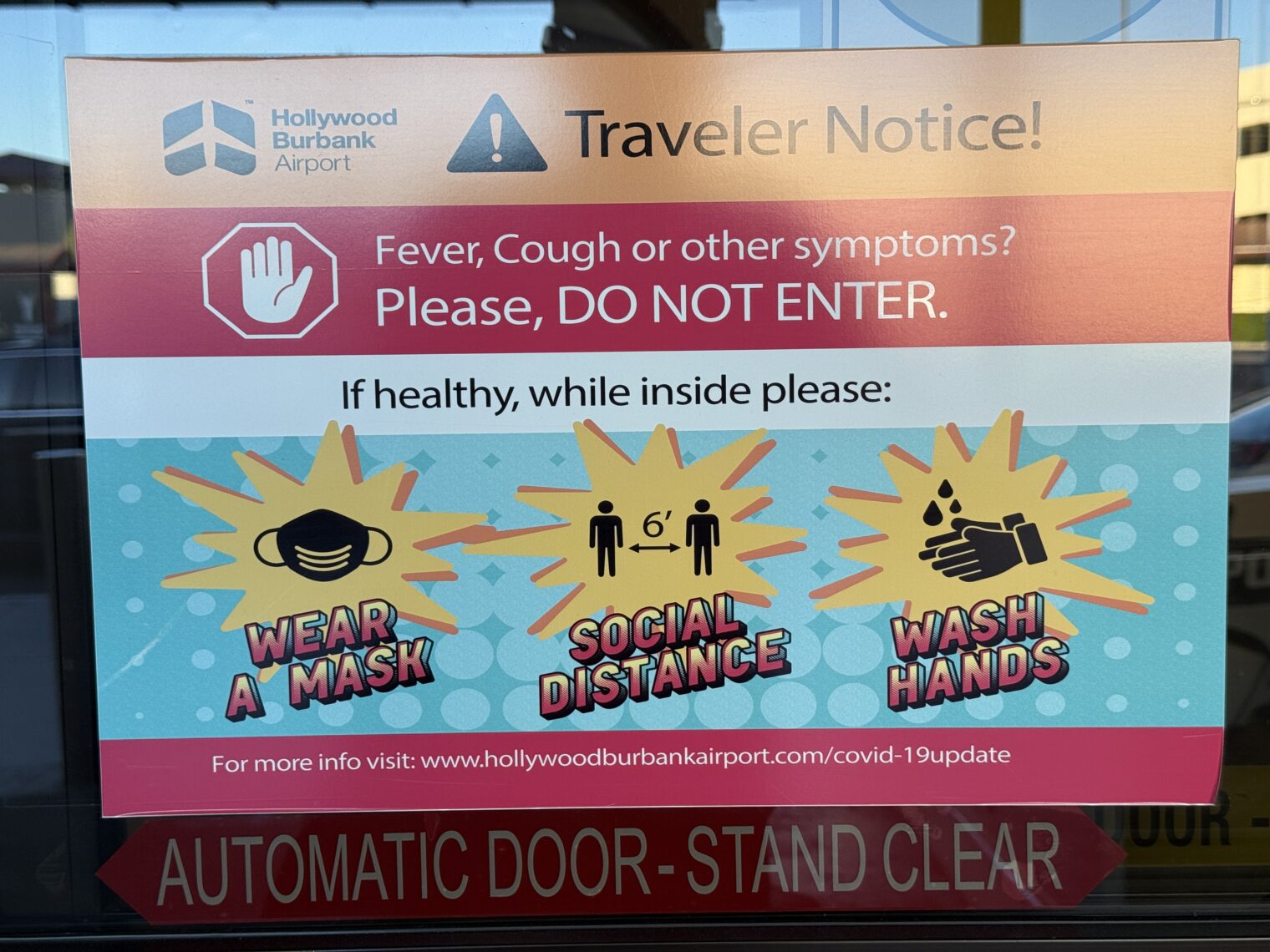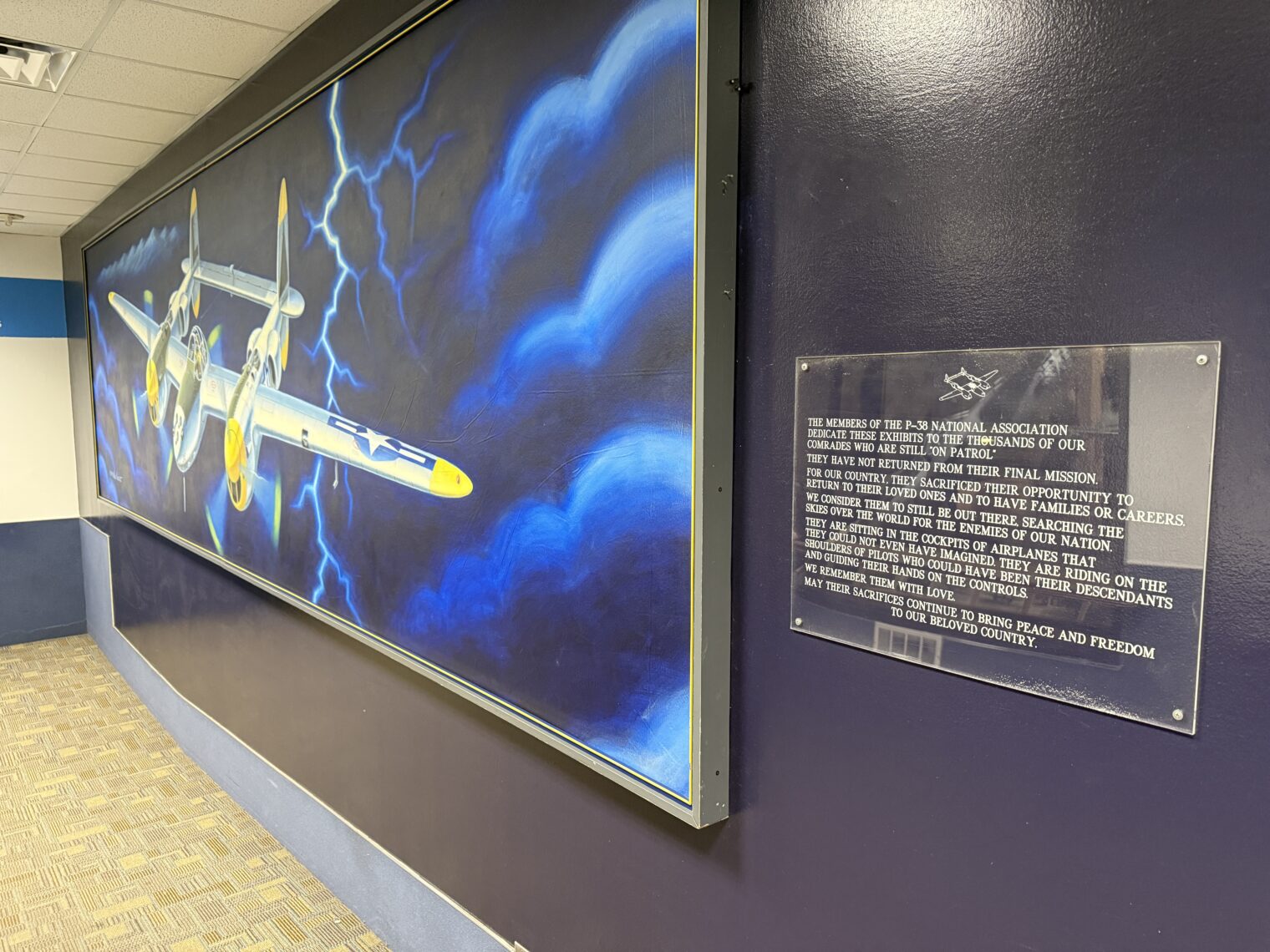A social justice warrior is out at Intel
A follow-up to Why wasn’t diversity Intel’s strength? (August)….
Pat Gelsinger, a vigorous Black Lives Matter warrior in 2020 (below), has “retired” at age 63 from the Intel CEO job, 17 years before he would be old enough to run for U.S. President.
Same guy a couple of months later in 2020 (CNBC):
VMware CEO Pat Gelsinger said at a CNBC @Work virtual event on Thursday that for any open position at the technology company, the hiring process will have to include consideration of both a woman and a minority candidate. … Previously, the company had in place a rule that no hiring process could be complete unless a woman or person of color was interviewed. Now the company will require hiring managers to consider at least one candidate from both backgrounds. “We’ve focused lots more on gender than race, and now we need to put emphasis on those areas together,” Gelsinger said at the CNBC event.
A 2021 Fast Company interview:
I am proud of where we’re at right now. My two biggest business units are run by women. My biggest technology leadership role, technology development, is run by a woman. That’s just unheard of in the tech industry. Also, four of my nine board members are females … So right now, overall, we’re pretty good. But I’m still not satisfied. It needs to be better. There are still areas where we have representation gaps. Our African American community, we’re not where we need to be. We have to keep working on those areas.
Part of his 2022 “Corporate Responsibility Letter”:
(there was no responsibility to keep up with AMD and TSMC?)
In 2022, he explained why God wants us to discriminate by skin color and gender ID:
Is Gelsinger a recent convert to the religion of diversity, equity, and inclusion? He shared Bill Gates’s hostility toward white males in 2018:
In retrospect I’m kind of amazed that shareholders couldn’t have sued Intel to force the board to fire this guy back in 2020 or 2021. Gelsinger plainly disclosed that his priorities were on the skin color and gender ID of workers and executives rather than on profits for shareholders or competitive advantage for products in the marketplace.
Separately, how is Intel Arrow Lake doing? The high-end 285K desktop CPU is out of stock everywhere so either they can’t make them or consumer demand is high. Supposedly there is a microcode update coming that will improve performance for gaming addicts. I am surprised that microcode updates are safe if done in the obvious way (written to EEPROM). What if the power is interrupted? Are these “updates” actually patches in which replacement or additional microcode is loaded during the boot process into volatile memory within the CPU chip? So it doesn’t matter if the process doesn’t complete because it will just happen again the next time the computer is booted?
Full post, including comments





